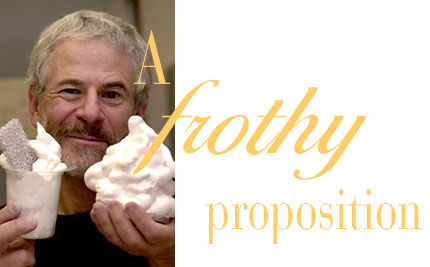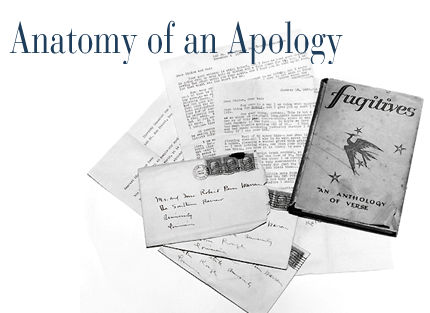|
Volume
76
Number
3

The
Romance of the West
Home
Away from Home
Burden
of Proof
The
Moviegoer
CASE
Editor’s Forum


Your
connection to
Emory University
Emory
University
Association of
Emory Alumni
Current
News and Events
EmoryWire
Sports
Updates

Use
our searchable
index to find specific Emory Magazine articles from 1995
to 2000.
|
|
|
|
 |
 |
|
WATCH
OUT for those red-hot jalapenos or cabaneros–they might be
hazardous to more than your taste buds.
For
people with contact lenses, particularly soft lenses, handling
spicy foods like cut-up peppers could result in eye irritation
and even corneal damage, says Buddy Russell, of the Emory Eye
Center.
An
invisible residue of pepper oil can stay on the fingers and
contaminate lenses when the wearer takes them out or cleans
them. When the lenses are put back in the eye, they can cause
corneal damage through cyto-toxic surface changes, Russell warns.
Since
many at-home cooks are experimenting with exotic cuisines and
their incendiary ingredients, the chance of contaminating lenses
is increasing. “I’ve seen many patients who have unwittingly
‘poisoned’ their corneas with pepper oils,” Russell
says.
Contaminated
lenses should be thrown away and the affected eyes allowed to
heal for several days before using new contacts, Russell says.
The case the lenses were stored in should be thrown out as well.
There’s
a simple way to cut the risk: “Buy a box of powderless
latex gloves and use them whenever preparing the peppers. .
. . When in doubt, simply use them. They’re cheap and disposable.”–Mary
J. Loftus
|
 |
|
FROM
SHAVING CREAM TO SEA FROTH, foam seems a temporal
topping meant to scoop off or wade through. But while gazing
at the frothy top of his morning cappuccino a few years ago,
Emory physicist Sidney Perkowitz saw the possibilities bubbling
inside this mysterious blend of air and liquid.
So,
after a three-year study of the subject, he wrote the book,
Universal Foam: From Cappuccino to the Cosmos.
“It’s
just great to have some meringue or drink a beer and think it
represents some kind of cosmic pattern,” says Perkowitz,
the Charles Howard Candler Professor of Physics.
Foam,
he says, is something we “take for granted, but [it’s]
really a complicated system.” The not-quite-solid, not-quite-liquid
appears in all corners of the globe and all areas of our daily
lives, but “it’s not entirely understood why it has
the mechanical properties it does.”
Perkowitz’s
writings delve into the mathematics of bubbles, foam in history
and art, the difficulties of whipping up a perfect soufflé,
and the genesis of plastic packing peanuts and shaving-cream
dispensers. Perkowitz also reveals that an aerosol bug bomb
used in World War II to wipe out mosquitoes was adapted to become
the modern whipped-cream dispenser.
Perkowitz
researched exotic foams, such as a metallic one used in spy
satellites and a glass foam used by NASA’s Project StarDust
to capture materials during the spacecraft’s three-billion-mile
journey.
The
surprisingly intricate properties of foam, Perkowitz finds,
provide clues to the origin of the earth’s atmosphere,
describe how galaxies are distributed in space, and suggest
a model for the birth of the cosmos.
Not
bad for a substance that soon dissipates into a fizzy staccato
of popping bubbles.–Mary J. Loftus
|
 |
|
A
SMALL COLLECTION of previously
lost papers of the American poet and novelist Robert Penn Warren
(1905—1989) was recently acquired by Emory’s Special
Collections Department in the Woodruff Library. The papers,
which date from 1927 to 1948, include correspondence with novelist
Katherine Anne Porter, poet Allen Tate, and novelist F. Scott
Fitzgerald (postcard below). The papers were discovered in the
basement of the library at Mitchell College in New London, Connecticut,
thirty years after they were placed there by the widower
of Emma Brescia Gardner, Warren’s first wife. The acquisition
now forms part of the Floyd C. Watkins American Literary Manuscripts
Collection, which also contains papers of Southern authors James
Dickey, Carson McCullers, and Flannery O’Connor. Watkins,
long-time Candler Professor of American Literature who died
May 7, was a great fan of “Red” Warren, whose childhood
in Guthrie, Kentucky, was a subject for Watkins’ scholarly
work.
|
 |
next page >>>
|
|